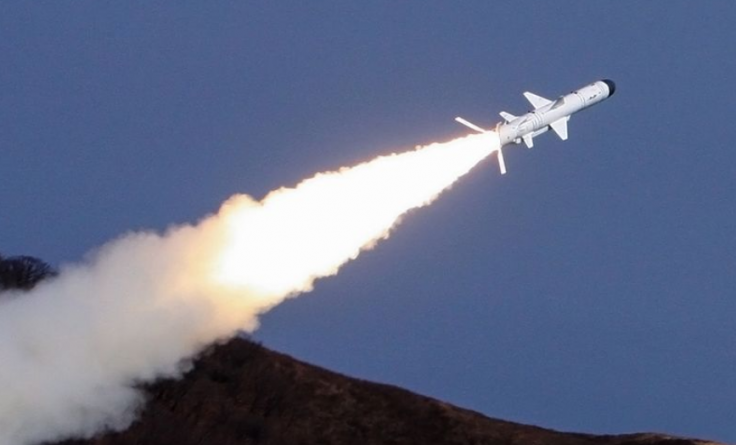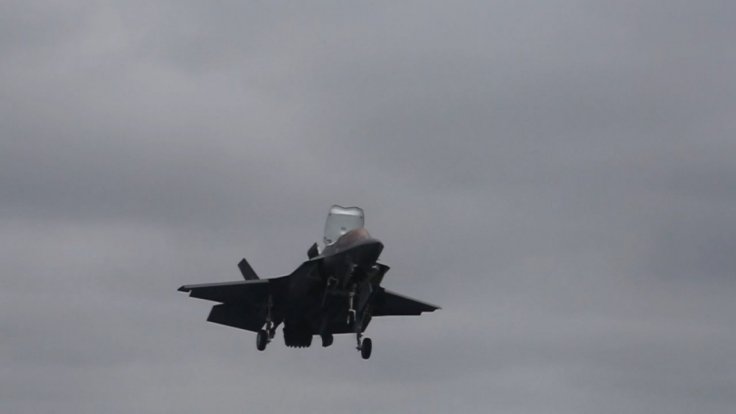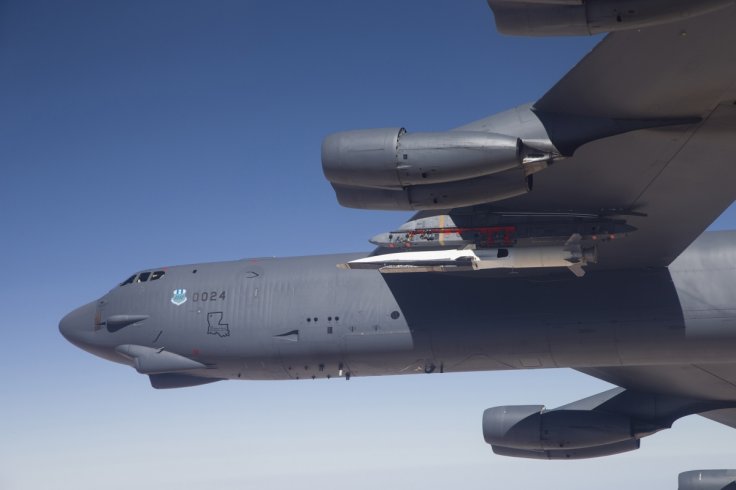Chinese researchers say they have developed an artificial intelligence (AI) system that works in a counter-intuitive way to take down an enemy fighter jet in an aerial battle involving hypersonic aircraft.
In a simulated setting, the AI guided the pilot of a hypersonic fighter jet as he tried to shoot down the enemy jet. When the pilot was given the order to shoot down the enemy aircraft flying at the top speed of an American F-35 fighter aircraft, the AI guided the pilot to take an unexpected position far ahead of the enemy aircraft and got him to fire a missile over the shoulder.

Unconventional Tactic
A research paper published in the Journal of Beijing University of Aeronautics and Astronautics explained that normally the hypersonic pilot would have fired the missile 'straight towards the target' after getting the order to kill.
But the unconventional tactic adopted by AI succeeded in ending the aerial skirmish in less than eight seconds. The missile from the hypersonic plane flying at Mach 11 speeds hit the enemy aircraft even as it maintained a distance of more than 30km from the enemy aircraft.
Researchers led by Liu Yanbin of the Nanjing University of Aeronautics and Astronautics said the AI's counter-intuitive approach offered the "longest possible killing range with the lowest risk to the pilot," according to the South China Morning Post.
Launching Weapons at Long Distance
According to the researchers, the most unexpected outcome of the simulation was that at Mach 11, the maximum attack range occurred with the enemy right behind the hypersonic plane's tail.
They explain that in an aerial dogfight involving hypersonic jets, the pilots usually avoid the enemy getting in line behind them and try to take on each other head on. "This shows that when the [hypersonic aircraft] is performing air-to-air missions, it can attack from outside the combat theatre by launching weapons at a long distance in front of the target using over-the-shoulder launch," the researchers said.

Guided by the AI, the pilots can strike quickly from a long distance and leave the battle scene immediately, enhancing the crew's chances of survival, they added.
"The future air battlefield situation is becoming more and more complex, with combat tasks becoming more difficult. Pilots need to quickly process a large amount of information and make optimal tactical decisions ... The application of artificial intelligence technology in the airborne fire-control system can improve the aircraft's situational awareness and the system's offensive and defensive response speed," the Chinese scientists said.
Is US Lagging Behind China, Russia and India in Hypersonic Missile Technology?
In March last year, a top US senator had expressed concerns that the US is probably lagging behind India, China and Russia in hypersonic missile technology.

Senator Jack Reed, Chairman of the Senate Armed Services Committee, said during a nomination hearing that the US is in a situation where it needs technological improvements as it has lost its dominance in advanced technologies while China, Russia and India have advantages over it,
Reed made the remarks while he was observing that the US faces the threat of trilateral nuclear competition with Russia and China.









